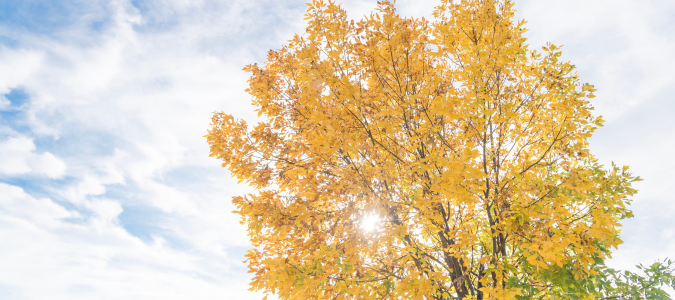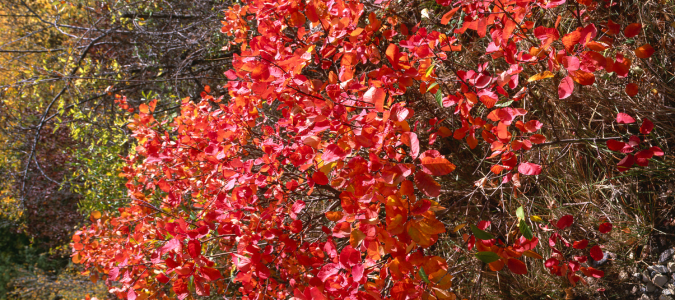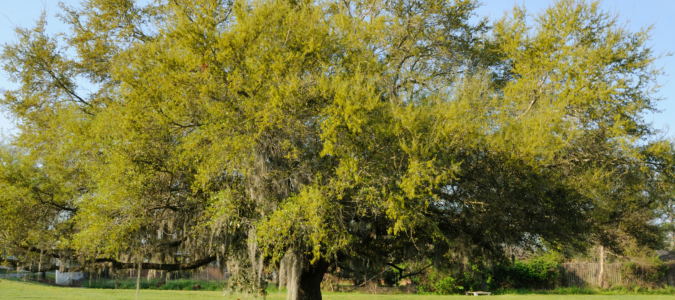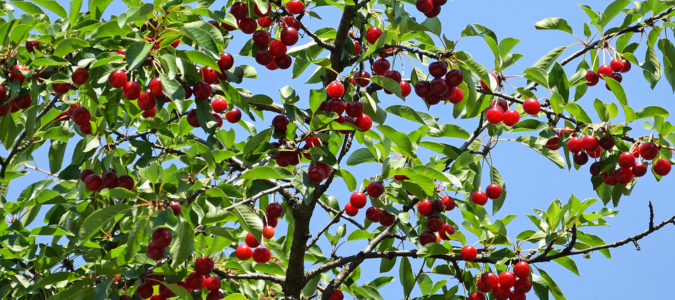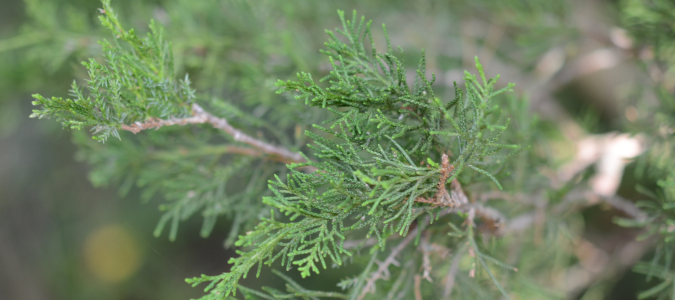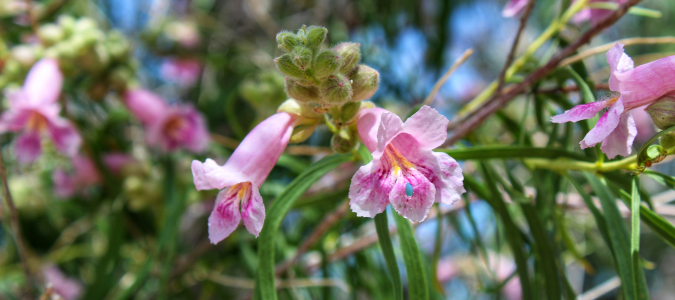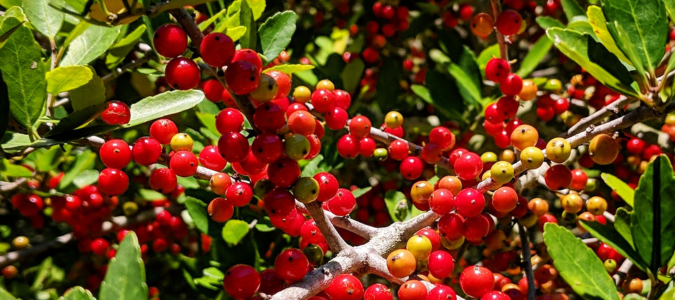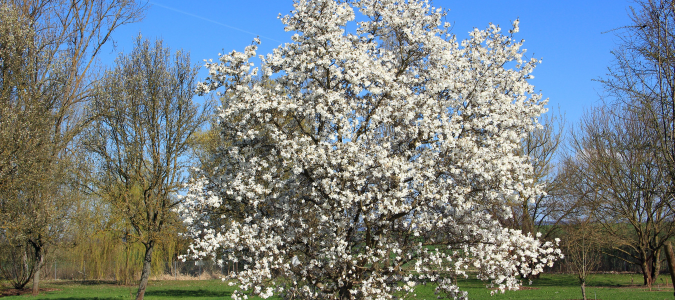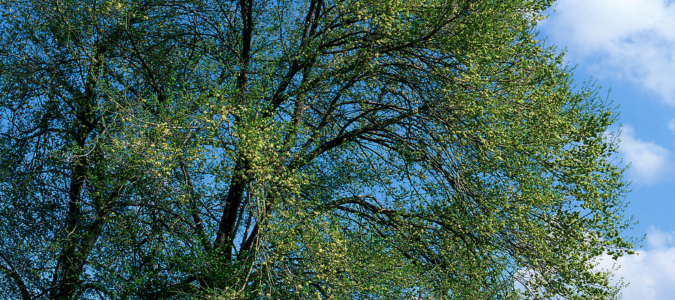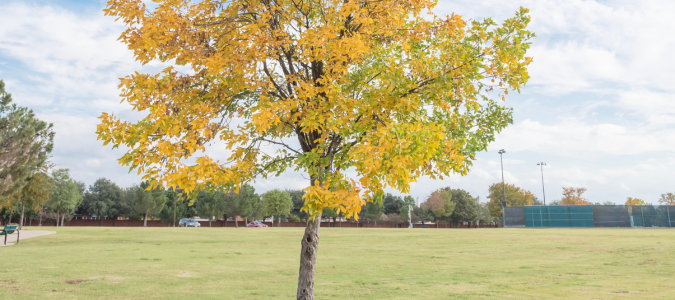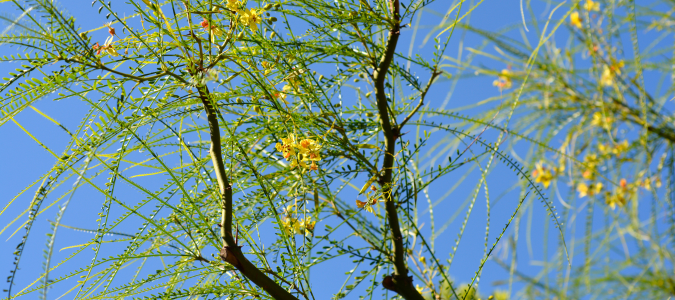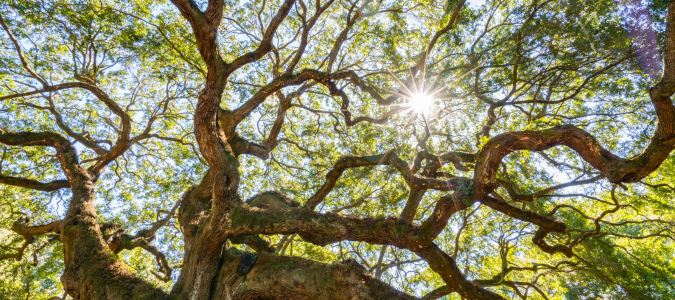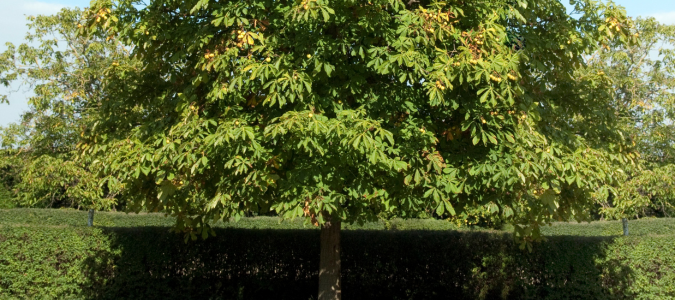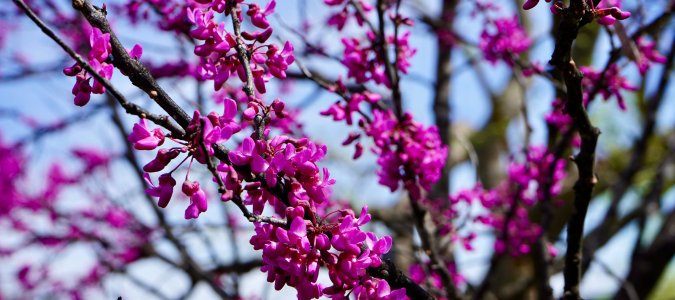San Antonio doesn’t just boast a rich heritage and enviably mild winters. The city is also alive with a variety of native trees that can make any visitor green with envy. San Antonio residents are spoiled with choice when it comes to trees they can plant in their yards, including hardy deciduous varieties, evergreens and flowering ornamentals.
If you want a luscious yard you’ll be proud to show off to your neighbors, here’s a guide to the most common native trees in the area. Arborists can help you find the best spots for them on your property. They can also create an optimal pruning schedule for your trees and ensure they grow strong and healthy.
These Native Trees in San Antonio Are Perfect for Your Yard
Given the wide variety in San Antonio, choosing trees for your yard can be overwhelming. To help you out, we’ve narrowed it down to the nine most common native trees in the area.
Cedar Elm
Cedar elms, pictured above, are ideal trees for planting between your property and the public street. They also make for elegant shade trees, reaching lofty heights of 50 to 70 feet. The best part is that they can beautify your yard with minimal care. They’re hardy and low-maintenance, able to thrive in different soil conditions and with little pruning. In addition, their leaves compost well.
American Smoketree
American smoketrees, pictured above, aren’t a common sighting in San Antonio yards, but that could be good if you want to stand out. They are known for their flashy appearance and stunning fall foliage. Their flower clusters grow long, hair-like stalks that resemble smoke. They are purple or red in the summer but transform into a vibrant orange, yellow or reddish-purple come fall.
Escarpment Live Oak
This tree is for homeowners who don’t have a green thumb. Escarpment live oaks, pictured above, get their name from their ability to survive and stay green in the winter. They can also get through hot weather and droughts just fine. Even poor soil can’t stop them from thriving. These hardy trees can live up to a century, growing 35 to 40 feet high with an impressive width of up to 75 feet.
Black Cherry
Black cherry, pictured above, is the most useful variety in the native cherry tree family. Thanks to its wood’s deep red hue, it’s a valuable material for making toys, furniture and instruments. Black cherries also make for an eye-catching addition to your yard, bearing clustered white flowers in the spring. They turn into little berries in the spring, eventually becoming deep purple cherries. You can pick them for snacking, cooked dishes and beverages.
Eastern Red Cedar
The Eastern red cedar, pictured above, is no stranger to American yards, as it’s the most commonly grown conifer in the U.S. It’s especially ideal for San Antonio homes because of its heat and drought tolerance. It also has some practical uses, which may surprise homeowners. Its aromatic wood is commonly turned into cabinets, chests and carvings.
Desert Willow
While it may resemble the willow, the desert willow, pictured above, is an entirely different species. This small tree only grows between 15 and 35 feet with a width of up to 10 feet. Like a true San Antonio native tree, it’s incredibly drought-resistant and can thrive in different kinds of soil. In the summer, you’ll get pink, flashy blooms that lend a tropical vibe to your yard.
Yaupon Holly
Yaupon holly, pictured above, can liven up any lackluster yard. It pushes out dainty white flowers in the spring, drawing in bees, butterflies and other pollinators to your property. The female trees will also produce yellow, orange and red berries, which are irresistible to birds and other wildlife. You don’t have to worry about pests and plant diseases because this tree can withstand these challenges if you plant it in its native habitat. It’s also drought-resistant, which is a welcome bonus.
Magnolia
Magnolias, pictured above, are a staple in San Antonio yards for good reason. They’re not just magnificently tall, growing up to 70 feet. They also produce lush, glossy leaves and fragrant blooms. They’re one of the first trees to push out flowers in spring, displaying large, white blooms measuring up to 12 inches. Some Magnolia varieties will let you enjoy these flowers throughout the whole summer.
American Elm
The American elm, pictured above, is iconic. It is historically found along city streets and is admired for its vase-like silhouette. Unfortunately, the Dutch elm disease wiped out most of the original urban population. The good news is that the American elm is returning in San Antonio yards. This towering tree can easily reach 100 feet and live up to several hundred years. Your family can enjoy it for generations to come.
If you don’t know which native trees in San Antonio suit your yard, let a professional arborist help. Not only will they recommend the best species, but they’ll also help you care for them and ensure they flourish.
What Are the Most Common Trees in San Antonio?
San Antonio has been a Tree City of the USA for eight years and is the first city in Texas to be named a Tree City of the World. Home to around 143 million trees, San Antonio deserves those titles.
If you want to learn about the trees in San Antonio, here are some of the most common ones. These trees aren’t just beautiful but also hold cultural and ecological significance in the city.
Cedar Elm
Native to the Southern United States, you’ll often spot cedar elms, pictured above, growing at the bottom of valleys on flat areas. Unfortunately, elm leaf beetles love these trees, leaving their leaves damaged. Dutch elm disease is another thing to worry about if you’re growing cedar elms.
Jerusalem Thorn
Jerusalem thorns, pictured above, has some unusual traits that make it stand out from other San Antonio trees. You can’t miss Jerusalem thorns, with their green bark, small, bright green leaflets and vibrant yellow flowers. They’re especially eye-catching in the summer, displaying massive clusters of golden-yellow flowers with orange details. They have a long blooming season, letting passers-by admire them throughout the warm months.
Texas Live Oak
The Texas live oak, pictured above, is a majestic sight that spreads far and wide from its trunk. Aside from its broad silhouette, its dark green and glossy leaves also contribute to its stately look. It’s a popular choice for landscaping because of its evergreen foliage, surviving dry and cold conditions.
Mexican Buckeye
Because of the way it spreads out, the Mexican buckeye, pictured above, is a popular choice among homeowners who want more privacy in their property. Its pink flowers also add a splash of color to a dull landscape. While this deciduous tree can be a great addition to your yard, be careful that your pets don’t get to its poisonous seeds.
If you want to grow any of these trees in your yard, let lawn care professionals help for the best results. With their extensive knowledge, they can provide tailored care for each tree. You also don’t have to worry about investing in pruning tools because these professionals have all the necessary equipment.
Everything to Know About the Purple Trees in San Antonio
Whether you’re a visitor or a San Antonio resident, you’ve probably noticed purple trees lining the city. These eye-catching trees are called Texas redbuds, and you know the warmer months are coming when you see their bright purple-red blooms in full display.
Aside from their flowers, Texas redbuds are also distinct for their barks. They have multi-barks that sport a gray or reddish-brown hue and are covered with lenticels, which are circular patches. You’ll usually find them growing on limestone slopes and other upland regions, towering between 15 and 20 feet.
If you want to grow Texas redbuds in your yard, plant them in an area with full sun or part shade and well-draining soil. It also helps to put 20 feet of space between each tree. While San Antonio’s alkaline soil is perfect for these native trees, incorporating compost during planting will help them thrive more. Before you get too excited to plant Texas redbuds, wait until winter or early spring to give them the best chance of survival.
Texas redbuds are an ideal addition to San Antonio yards because of their hardiness and drought tolerance. They can tolerate different conditions and can thrive in San Antonio soil. An arborist can help you plant Texas redbuds on your property and help them reach maturity.
Let a Professional Help You Grow Your Dream Yard
While many San Antonio trees are hardy and drought-resistant, they still need help to flourish. If you want a yard filled with lush greenery, get professional help to make that dream happen. Arborists have the tools, knowledge and skills to bring your yard to life and keep your trees healthy all year round.
ABC Can Keep Your Trees Healthy and Beautiful
It can be difficult to find the time, tools and expertise to keep your trees healthy—even more so if your trees are large. At ABC Home & Commercial Services, we have a team of certified arborists who are here to provide any tree service you may need and specialists that can provide you with a variety of lawn services. We have a deep knowledge of when and how to trim trees so they will be healthy for many years to come. They can also help with other tree trimming tasks, like figuring out the best time to trim oak trees.
